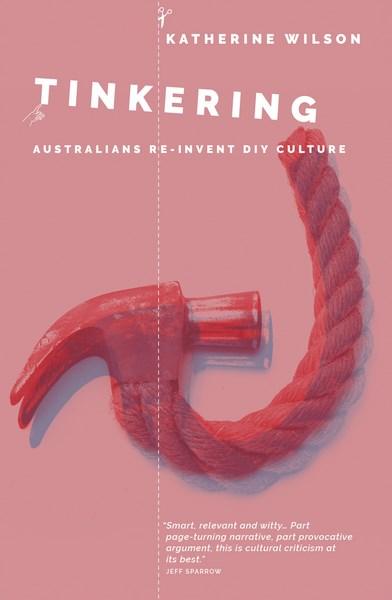
I picked up this book at Gleebooks, which still brings together a great curated collection at the edges of academic and general audience publications. It caught my eye because of some writing I am doing with Dr Kirsten Seale about typography and urban renewal.
Tinkering has had a renewed interest in the past few decades as the periphery of a core business–where people experiment, cross-pollinate, and develop new approaches, is understood as central to innovation. But, as Katherine Wilson explains, tinkering includes a rich history of practices that are deeper than business leaders and policy makers might have us believe. Tinkering practices have been appropriated and reinvented in local contexts (including those within Australia) and deserve attention as cultural subversion, challenging capitalist notions of progress and potentially decolonizing our relationship to things and each other.
The book begins with a terrific glossary, including terms such as Bushpunk (can be African low-tech utilitarian tinkering, but also an ‘Australian variant of steam punk’); IBYS (Institute for Backyard Studies); and upcycling (the transformation of waste products into usable products). It is then structured by chapters that weave together tinkerers’ stories and provide a series of political lenses to understand Australian tinkerering as resistance: Magic, Risk, and Utopia are amongst them.
There are many ways to read this book, and if you or someone you are close to tinkers, it can feel quite personal. ‘Under the radar, in their everyday sheds and homes, a subterrain of tinkeres work like necromancers, breathing new life into dead and discarded materials; and thus into dead and discarded ideas’ (p.75). It is fun to rummage around in the studios and sheds of the book’s characters and to learn from their learnings. ‘Tinkering is a practice of domain-shifting your prior knowledge’, writes Wilson, and this book stays true to that practice.
One of my favourite sections of the book is when Wilson simplifies and adopts (tinkers with) anthropologist Alfred Gell’s methodological philistinism.
1. You have to delve into a philistine; the kind of punter who’d embarrass art-literati types with: ‘That’s not art – my two year-old could paint that’.
2. Fully immersed in your philistine mod, you have to commit not to be ‘taken in’ by the art. You must divorce yourself from ideas of inherent artistic value, power, quality, sacredness and authority– in short, its magic. This will free you up to understand art (and technique) anthropologically.
3. To practise this philistinism, you need to abandon your sociological ideas of art (think no Bourdieu) and your aesthetic ideas (think: no Panofsky), and understand art in terms of its making. You need to pay attention to the maker’s technique.
4. Just as your ancestors might have ridiculed the notion that art is a separate category from surgery, or from shoemaking and playwriting, you need to disavow accepted distinctions between practical and creative arts. You need to view art as simply as a made thing. (p. 76)
This summary really appeals to me, and I will use it in my teaching, to help design students (as they are introduced to formal and semiotic visual analysis) focus on the skills, manufacturing processes, and materials involved in design. Gell’s method helps us consider the magic of objects, but, as Wilson explains, it also has its limitations, which are revealed by looking closely as tinkered objects. ‘Part of tinkering’s charm’ she explains is ‘forgiving of shortcomings in skill, instead celebrating its humanist (rather than superhuman) spirit and adaptive wits.’ (p. 78)
The book brings together a range of important writers to explore the tinkering project. Amongst them Bruno Latour, Mitchell, Steven Conner, Lefebre, Elisabeth Shove, E F Schumacher, Arjun Appadurai, Witold Rybczynski, Sarah Baker, Susan Luckman, and one of my favourites, Micheal de Certau. Wilson interprets de Certeau’s tactics as a form of bricolage where the art of ‘making do’ is responsive, iterative, and potentially powerful in the face of top down strategy. Wilson forms an argument that tinkering is resistance to power, because it sets its own terms, demands autonomy and creates informal economies. Talking to tinkerers in Australia helps Wilson understand tinkering as a political practice, and she discovers that while thrift is a central concern of tinkering, its value isn’t purely economic (p. 112). Tinkering is a form of valuing (labour, resources, time) that moves across and through the smothering constraints of advanced capitalism.
‘While the tinkerer might be a parenthetic figure in the labour economy, the tinkerer’s home is a site of vocation and useful cultural production, central to life and purpose; not an opt-out from work’. (p. 123)
Tinkering can take the form of repair, preventing broken and used products from entering landfills or the toxic global trade of waste and it can help to redefine work and find activities that are useful and meaningful, pushing back at the dialectic opposition of work and leisure (p. 164). Because what is clear in these stories is that tinkerers love what they do. Their desires are diverse but all intrinsic. Tinkering speaks to the bureaucratic and damaging ‘bullshit jobs’ that anthropologist David Graeber identifies (p. 131). It can also be the development of open source software (something I am thinking about a lot in this project)…
I love this book because it is a robust critique of all the neoliberal buzz of hackerspaces, disruption, creative economies, creative industries, as well as the consumer side branding of DIY, artisanal, bespoke, handmade. These forces are overwhelming. I write this post in Yogyakarta, where I once lived and often visit (I’m here for this project). Here in Java, where everything is repaired and upcycled, from shoes to computers, there are also new homewares stores with slick logos that boast handmade designs. Indonesian coffee culture is one of the oldest in the world and there are new cafes are branded as ‘artisanal’ and ‘slow food’. But the book ignores these trends, instead paying attention to the way caring for things changes people’s lives.
This is a well organised, eloquent, and intimate book, which is a triumph since there is no end to this story. As I read about the Institute of Backyard Studies, I thought about the Kandos School of Cultural Adaptation. As I read about The Lost Tools of Henry Hoke, I thought about Kuda. As I read about all the incredible tinkerers I thought about all the people I know, for whom this kind of creative practice resonates Make or Break, Life Patch, Making Time, and my own brilliant partner and hoarder extraordinaire Alex Davies. For Wilson, tinkering is the embodiment of hope. And that is something we have to pay attention to.

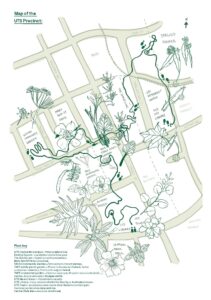
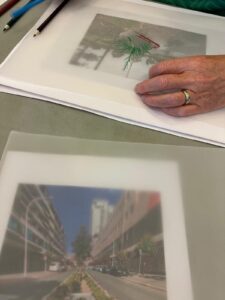

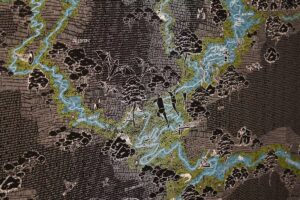
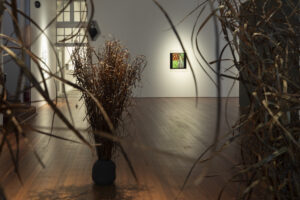
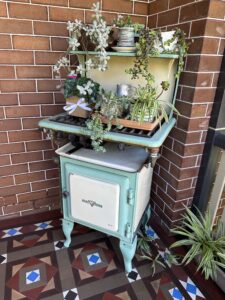
0 Comments